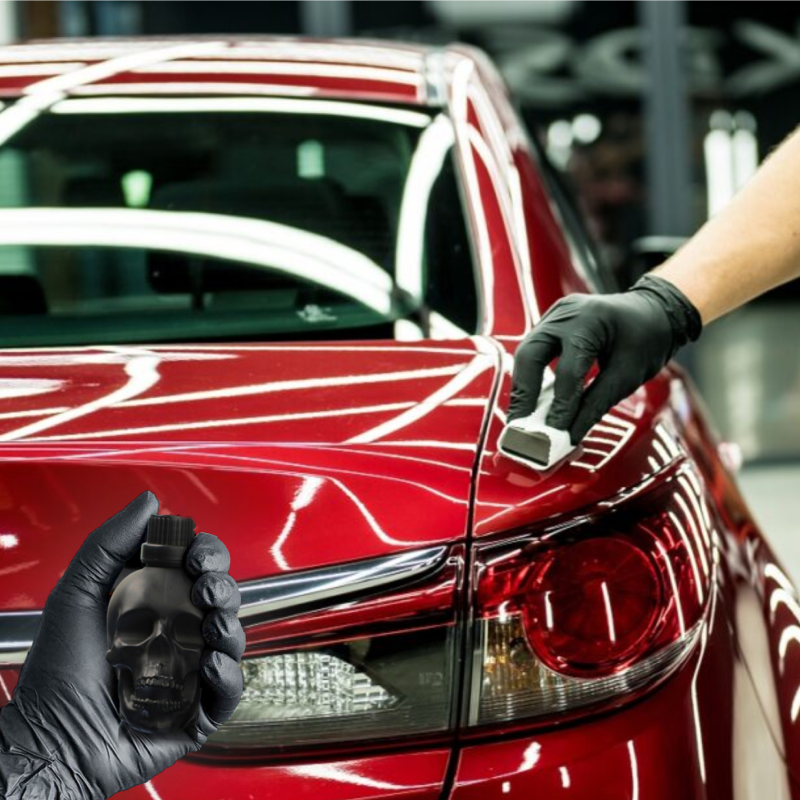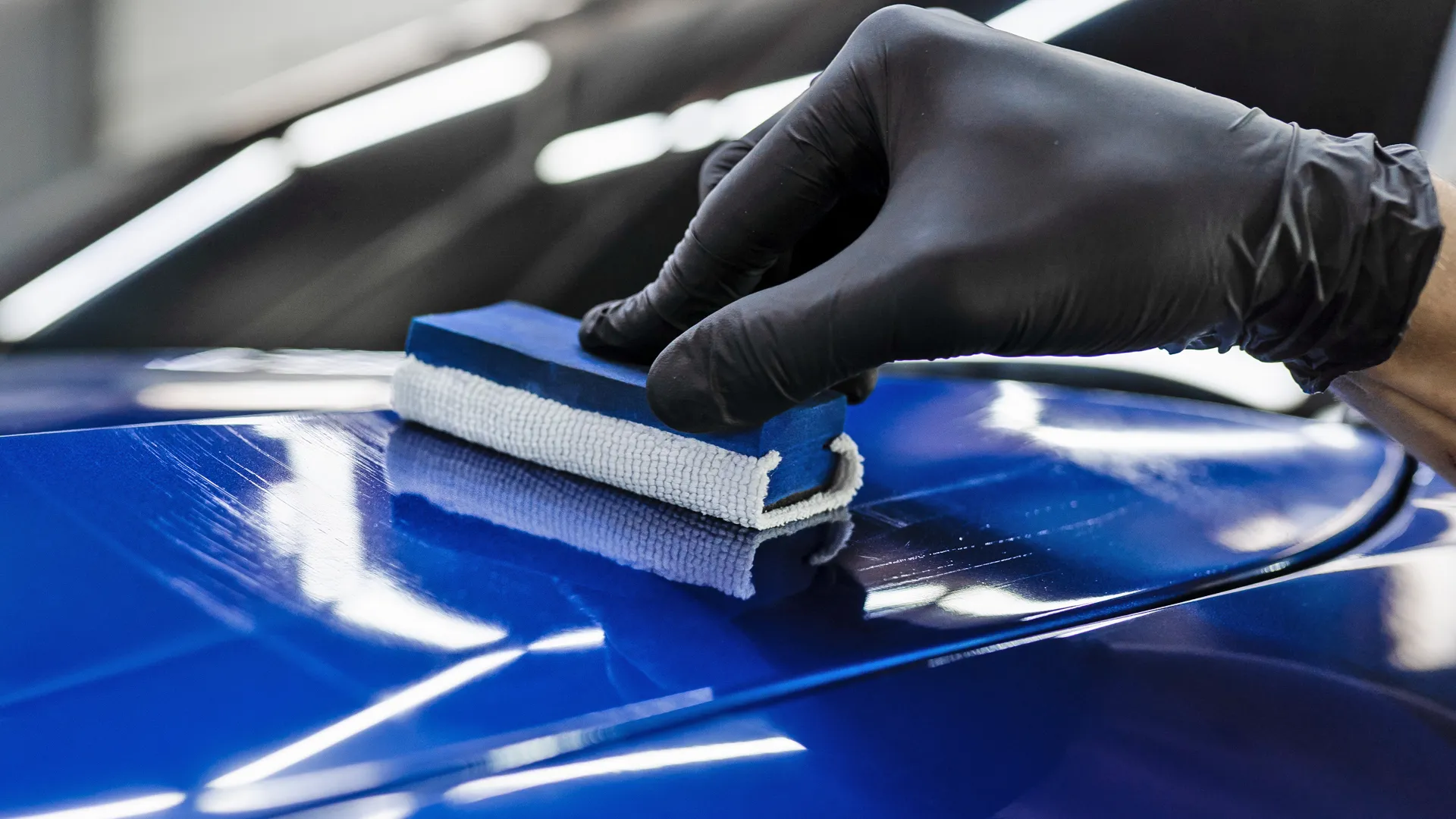A Comprehensive Guide to the Sorts Of Ceramic Layer on the marketplace
Ceramic finishings have arised as a crucial service throughout different sectors as a result of their one-of-a-kind properties and applications. From silica-based formulations recognized for their effectiveness to crossbreed options that combine numerous benefits, the options readily available can be overwhelming. Recognizing the nuances of each kind, including their specific benefits and perfect use instances, is crucial for making educated decisions. As we check out the unique features and applications of these finishings, the ramifications for efficiency and long life become increasingly obvious, elevating questions regarding which kind could finest fit your requirements.
Understanding Ceramic Coatings
Ceramic layers are sophisticated safety solutions that have acquired appeal in various industries, specifically in automotive and aerospace applications. These layers contain a fluid polymer that, when healed, creates a resilient, hydrophobic layer externally of the substratum. This layer supplies enhanced resistance to environmental impurities, UV radiation, and chemical exposure, thereby expanding the life and aesthetic allure of the underlying material.
The fundamental component of ceramic finishes is silica, which adds to their solidity and durability. The application procedure commonly entails surface prep work, application of the covering, and curing, which can be achieved via warm or UV light. When cured, ceramic coverings exhibit remarkable bonding residential or commercial properties, enabling them to adhere highly to a variety of surface areas, including metals, plastics, and glass.
Along with their safety functions, ceramic finishings also provide ease of upkeep. Their hydrophobic nature decreases the adherence of dirt and gunk, making cleansing easier and less constant. Generally, the adoption of ceramic coatings stands for a considerable improvement in surface protection technology, providing both practical and visual benefits throughout numerous fields.
Sorts Of Ceramic Coatings
Numerous types of ceramic coverings are offered, each created to meet certain efficiency demands and applications - ceramic coating sarasota. One of the most typical types include:
Silica-based Coatings: These coatings largely consist of silicon dioxide and are recognized for their longevity and chemical resistance. They are widely utilized in auto and industrial applications.
Titanium Dioxide Coatings: Distinguished for their photocatalytic properties, titanium dioxide finishings are commonly applied in atmospheres where self-cleaning and antifungal homes are desirable, such as in building materials and automotive finishes.
Zirconia Coatings: Characterized by their high-temperature stability and thermal resistance, zirconia coatings are utilized in applications such as turbine engines and high-performance auto parts.
Alumina Coatings: Displaying outstanding firmness and thermal stability, alumina coverings are frequently made use of in wear-resistant applications, consisting of reducing tools and industrial equipment. - scratch repair sarasota
Hybrid Coatings: Combining the residential or commercial properties of numerous materials, hybrid coatings offer enhanced efficiency qualities, making them ideal for special and demanding applications.
Each kind of ceramic covering offers unique functions, allowing individuals to pick one of the most appropriate remedy based upon details ecological problems and efficiency demands.
Advantages of Ceramic Coatings
Ceramic layers, in particular, great site offer countless benefits that make them significantly preferred among makers and customers alike. These finishes are resistant to scrapes, chemicals, and UV rays, guaranteeing that the underlying surface area remains secured over time.
In enhancement to resilience, ceramic coverings provide outstanding hydrophobic residential or commercial properties, allowing for easy cleansing and maintenance. This water-repellent nature lessens the adherence of dust, gunk, and other contaminants, which can lengthen the visual appeal and performance of the surface. Ceramic layers can dramatically boost thermal resistance, making them optimal for applications that endure high temperature levels.

Application Process
When applying ceramic finishes, a meticulous method is essential to attain ideal results. The application procedure typically starts with extensive surface area preparation. This includes cleaning, decontaminating, and brightening the surface to get rid of all impurities, consisting of dirt, oil, and prior waxes or sealants. A tidy surface guarantees correct adhesion of the layer.
When the surface area is prepped, the next step is to apply the ceramic layer. This can be done using an applicator pad or a microfiber towel, making sure even protection. It is critical to work in little sections to preserve control and protect against premature treating. The finish should be applied in thin layers, as thicker applications can cause irregular finishes.
After application, the finishing calls for a specific curing time, typically varying from a few hours to a full day, depending on the product. Following these steps faithfully will maximize the performance and durability of the ceramic layer, supplying a resilient safety layer for the surface area.
Maintenance and Long Life
To make sure the durability and efficiency of a ceramic finish, normal maintenance is necessary. Ceramic coverings, understood for their durability and protective top qualities, need certain care regimens to maximize their lifespan and efficiency. The very first step in maintenance entails regular washing with pH-neutral soap, staying clear of extreme chemicals that navigate to these guys can degrade the layer. It is suggested to wash the lorry on a regular basis, ideally every two weeks, to avoid the accumulation of impurities that could endanger the coating's stability.
In addition to regular cleaning, regular evaluations are important. Search for signs of wear or damages, such as hydrophobic properties diminishing or surface area imperfections. If necessary, a light polish might be put on revitalize the covering without stripping it away.
Additionally, the application of a booster spray can improve the finish's hydrophobic impacts and restore its gloss. This is particularly valuable for coatings that have actually remained in use for a prolonged period. Eventually, by sticking to these upkeep techniques, one can considerably extend the life of a ceramic finish, making certain that it proceeds to supply ideal defense against ecological variables and preserve the aesthetic allure of the car.
Conclusion
